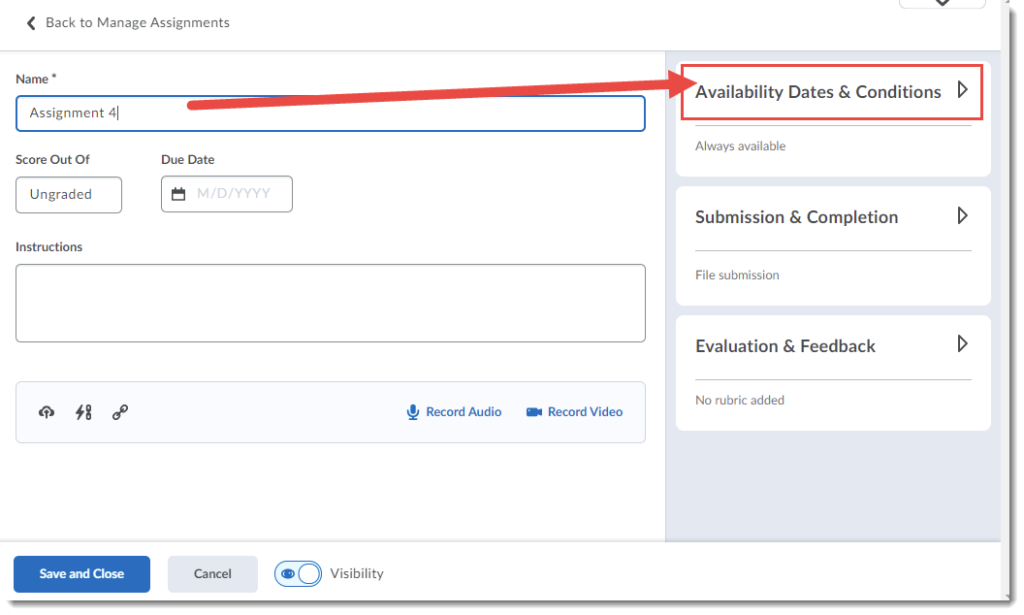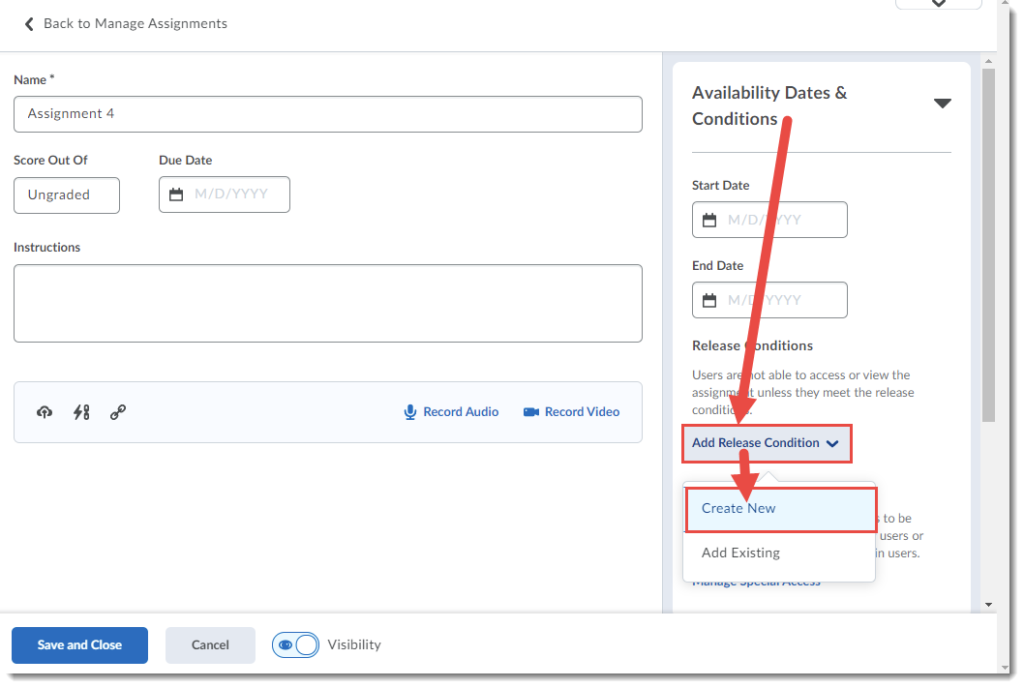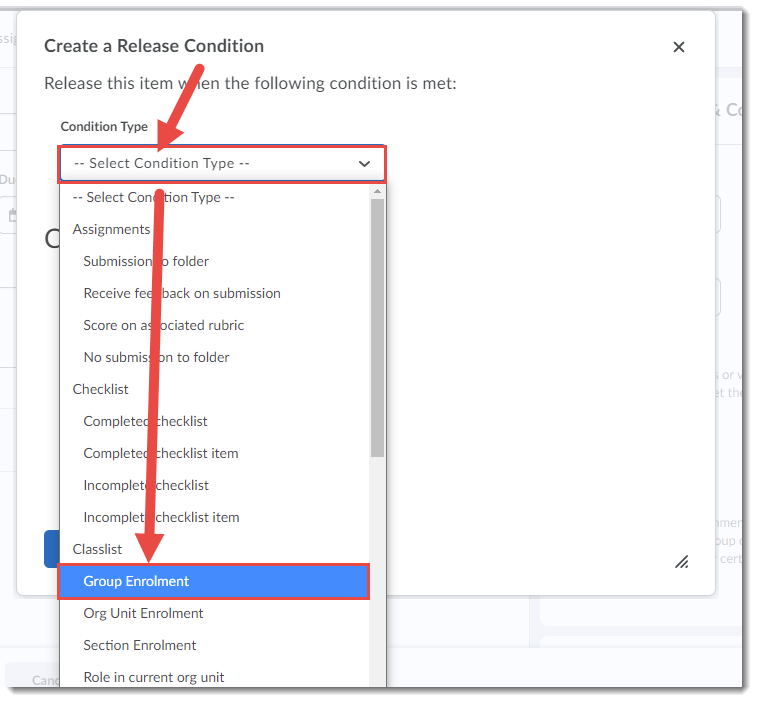Kelly is a faculty member teaching in the English Department at Camosun College. While she was not teaching when other instructors pivoted from face-to-face to online last March (has it already been a year?), over the summer she moved all her courses for fall into an online format, what she calls the steepest learning curve she’s faced since she began teaching.
I agree about that steep learning curve, since Kelly only really used D2L for posting grades and as a repository for some content before COVID. “I wasn’t even accepting assignment online,” Kelly notes. “Obviously it’s been a huge amount of work, [but] it’s also been really interesting to learn how to adapt that style of teaching to the content that I teach and to my style of teaching and my philosophies about connection which are a very strong part of my teaching.” And Kelly persevered, working within the new format while keeping the focus on what is important to her teaching. “It took me two months of full-time work to write what you see on D2L for each course, but I’m teaching people to be readers and writers. That’s my job.”
The brain of D2L, as Kelly puts it, presented one of the biggest challenges for her. Making edits and adjustments on Rubrics, for example, can drive one to distraction. “I spend so much time on formatting that it’s harder to develop new content.” Definitely one of the downsides to creating online content: making sure that the writing is clear, and also that visual design of pages are accessible. Kelly worries sometimes that the time it takes to put her existing content online makes it harder for her to find time to bring new research and innovation into her material.
Another challenge Kelly mentions, which will not be a surprise to anyone, is that she finds her synchronous sessions draining, wondering if anyone is out there. While attendance is high in her Collaborate sessions, “they will not use their cameras even when they have them…so that’s a bit alienating.” But she notes that the advantage to using Collaborate is that you can record the sessions for students who miss, or who need to go back and review a session. Not something you can do as easily in a face to face setting.
One of the upsides to moving her discussion-heavy courses online, Kelly says, is that she feels “connected to [her] students in a new way, and maybe a more thorough way” now. Through the online, text-based discussions, “they have to engage in the material in more than a superficial way,” which has also helped Kelly grade the discussions in a way she couldn’t before when they were more ephemeral. In fact, she says “the first time I opened the discussion and saw the level of work that was happening there, the amount of thought, I was blown away, and I still get so excited when I read those to mark them.” The students are learning without her jumping in all the time – learning from each other. That is one of the huge rewards from this experience.
The biggest takeaway from this experience for Kelly, as well as some advice she would give to new faculty, is “that if you know what your philosophical goal is with a course, you can make any method of teaching meet that goal,” but you have to know your goal first. Identify what is important to your teaching and then look for help with that, rather than asking undefined questions about the tools in D2L, etc. Ask yourself “What are your absolute must-haves of the tools that are available – really work hard on what you need and get that core down,” especially because you will be spending a lot of time planning and then getting things up and running (Kelly notes that she is grateful she had uninterrupted time for development, unlike some faculty who were teaching online for the first time in the Spring while also developing courses for the Fall.) Finally, organize your content. Kelly recommends thinking in terms of weeks instead of classes to make it easier for students to know where they are at in the course.
Will Kelly continue teaching online once COVID has run its course and classes can return to face to face? Well, yes, she hopes she can in some way. While grading assignments online is a lot of work, she has seen the benefits to her, for example, being able to check back on a student’s progress, and for students as well, having all her feedback in one place. But what really has convinced her is the learning she has observed in her online discussion forums – instead of being focused on how to get a B in class, students are more “focused on communicating clearly to other people and [responding] to what they’ve heard.” They can also go back to re-read those discussions when preparing for the next assignment, and “I don’t know why anyone would give that up!” Right now, Kelly’s vision for the future is to do exactly what she is doing now, except her Collaborate sessions will be face to face: do what needs to be done face to face, and what works online, online. But definitely some face to face because both Kelly and her students are yearning for that connection, of human faces and campus life. And that’s a nice hope for the future: the best of both worlds.





